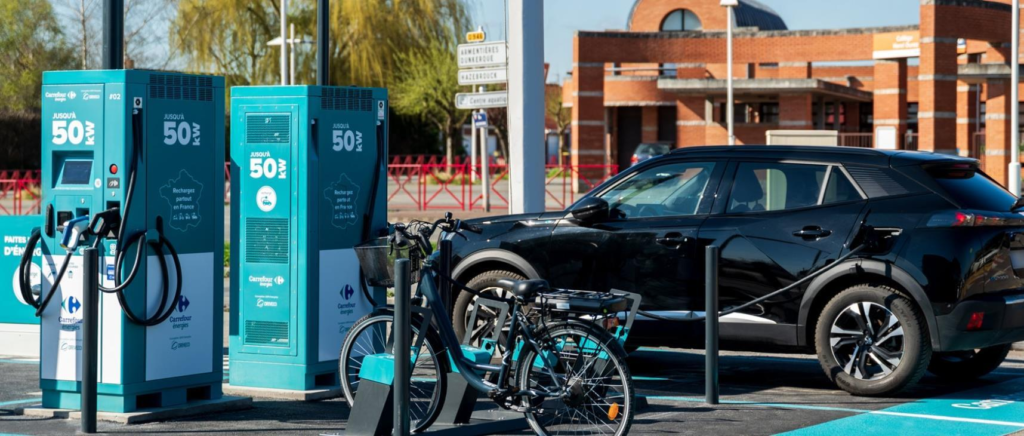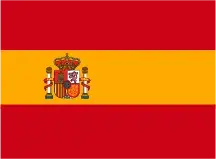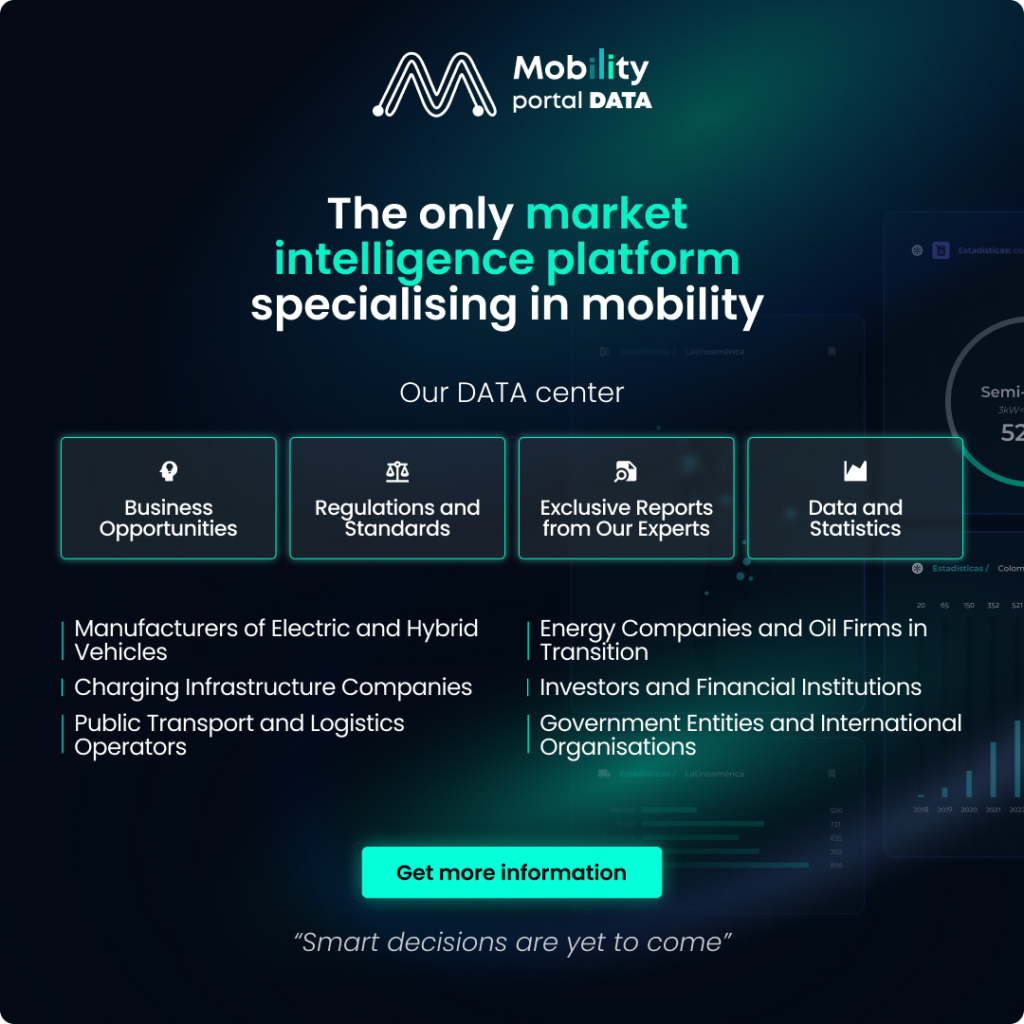In 2024, Driveco officially began its operations in the Spanish eMobility market, bringing with it a business model designed to stand out in a competitive landscape.
“We are unique in this sector because we depend on virtually no third parties, except for installation and maintenance,” explains Christian Revilla, Country Manager for Spain.

He adds, “We manufacture our chargers, develop our network management technology, and directly handle customer support.”
This business model guarantees quality and efficiency, reinforcing Driveco’s ability to lead in a rapidly expanding market.
What’s the Plan?
In an exclusive interview with Mobility Portal Europe, Revilla reveals the company’s ambitious targets:
“By 2027, we aim to deploy over 1,000 charging points and invest more than €100 million in CAPEX. By 2035, we want to be the leading brand in destination charging.”
Driveco’s financial strategy will focus on three main areas:
1. Driving sustainable mobility in Spain.
2. Financing the installation of fast and ultra-fast chargers.
3. Ensuring operational profitability for long-term sustainability of charging points.
“This funding is designed to support growth and wait for the demand curve to stabilise, ensuring the sustainability of the model,” Revilla emphasises.
Driveco integrates renewable energy sources, such as solar and wind, into its charging stations. The company is also exploring partnerships with major players like Carrefour and Airbus to develop fast and ultra-fast charging infrastructure across Spain.

“Our software reduces risks for the end customer by offering an integrated solution without intermediaries. This guarantees efficiency and quality throughout the value chain,” Revilla highlights.
Despite creating synergies with other markets, Driveco adapts to local demands.
“Each market has its own particularities, and we work to align with its specific legislation and demands,” Revilla notes.
A Fragmented Market with Unique Challenges
As Spain’s EV market grows, Driveco is positioning itself to meet the rising demand.
In December 2024, 8,925 fully electric cars were registered in Spain, marking a 48.2% growth compared to December 2023, according to data from AEDIVE and GANVAM. However, total electrified vehicle sales for the year reached 133,699 units, reflecting a 3.9% decline compared to 2023.
“Today, EV penetration is minimal, and there is a lot of work to do,” says Revilla.
Although the current ratio between EVs and fast chargers is high, continued growth could significantly increase demand. For Driveco, this represents a significant opportunity for CAPEX investment and the installation of destination charging points tailored to user needs.
Revilla acknowledges the fragmented nature of the sector, stating that “only companies with strong financial muscle will be able to sustain and profit from charging points.”
Strategic Site Selection
Selecting the right locations for charging stations is a detailed and strategic process.
“We have specific requirements regarding return on investment. Each project involves significant expenditure, depending on the number of chargers,” Revilla explains.
Driveco analyses several key factors, including:
• Traffic at the destination and surrounding areas.
• EV penetration in the region.
• Connection times to the power grid.
The company also manages the majority of its chargers directly.
“90% of our charging points are maintained in-house (CPO model), while 10% follow the IPC model, where we only handle engineering and construction. However, this ratio could eventually adjust to 70-30.”
Connecting stations to Spain’s power grid remains a challenge due to administrative and technical complexities. However, measures are being taken to streamline these processes.
With its robust strategy and significant investment plans, Driveco is setting the stage to become a key player in the Spanish eMobility market, driving sustainable mobility and catering to the growing demand for destination charging solutions.








